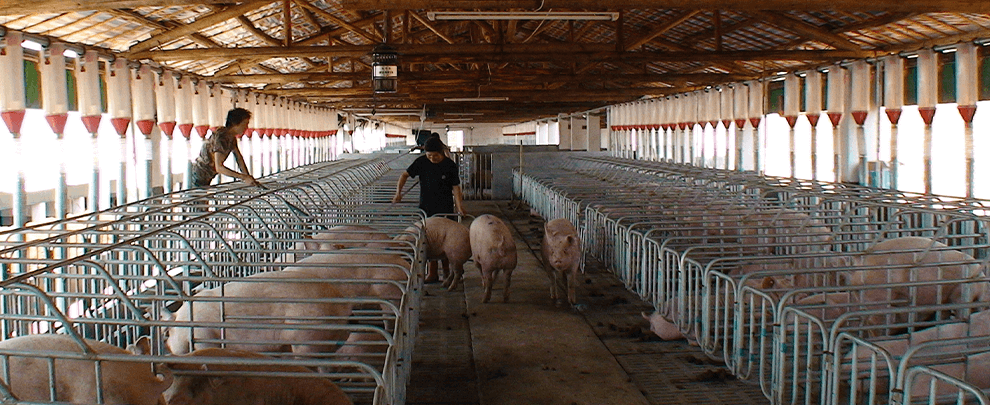Blog
Blog

What impact has ASF had on China's pig production?
22nd October 2019 - News
The Asian nation is the world's largest pork producer, with just over 54 million tonnes in 2018, representing almost 48 % of world production, according to data recorded by ICEX.
THE COUNTRY WITH THE HIGHEST PORK CONSUMPTION
The consumption behaviour in China also positions the country as the largest pork consumer in the world. With 54.75 million tons in 2017, representing 49.6% of world consumption. Besides, pork is the most widely consumed meat in the country, with a market share of more than 62%. Annual per capita intake is 30.29 kg, relatively high by world standards.
However, the Chinese government is trying to mitigate the setbacks in the pig sector associated with the decline in production levels in their country since 2014 through a rationalisation program. This decline is why China has become the primary importer of pork globally, with a 56% increase in the value imported between 2013 and 2018, from 2,155 to 3,354 million euros. In 2016, they achieved a record figure of 3.2 million tonnes, an increase of 78 % over the previous year. However, the progression of imports is experiencing substantial volatility, subject to the process of rationalisation of the local industry, changes in consumption habits and health problems that the sector experiences regularly.
MORE THAN ONE MILLION PIGS HAVE BEEN SLAUGHTERED BY AFRICAN SWINE FEVER
In 2017, the porcine sector's positive trend in China experienced a fall of up to 2.6 million tonnes and 4,190 million euros. Later, in 2018, imports fell to 3,354 million euros and 2.3 million tons, representing a decline of 20% over the previous year in terms of value and 13.5% volume. This restriction in imports has been less pronounced as a result, among other reasons, because of the impact African swine fever detected in August 2018 has had on local production, which has so far spread to 31 provinces, with 123 outbreaks overall. China is taking significant steps to eradicate the disease, albeit at a high cost and without results. More than one million pigs have already been slaughtered, although the numbers may be higher.
Of the 34 regions in which China is divided, cases have now been spotted in 31 areas, so it can be said that African swine fever is now widespread throughout the country and it is a pandemic with incalculable consequences, although it is giving first-hand opportunities to other countries.
Currently, the leading suppliers of pork to China are Germany, Spain, the United States, Canada, Denmark, the Netherlands and Brazil. The US-China trade war has led to a severe narrowing of US imports and has created opportunities to increase the market share of other competitors. Brazil meanwhile, has been significantly growing its market share for the last two years, especially in the frozen meat industry, going from seventh place in 2016 to the third-largest supplier in 2018.






